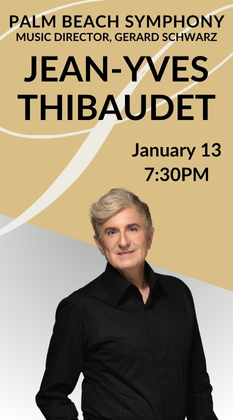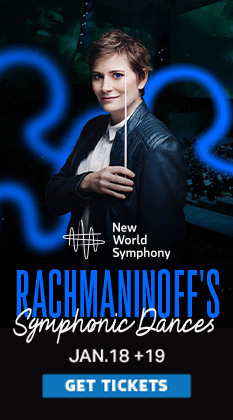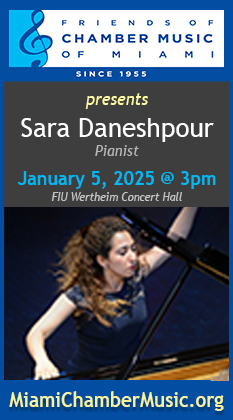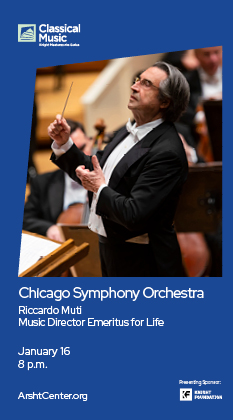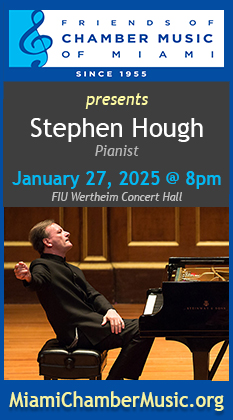Young pianist provides the highlight of Miami Symphony’s Beethoven program.
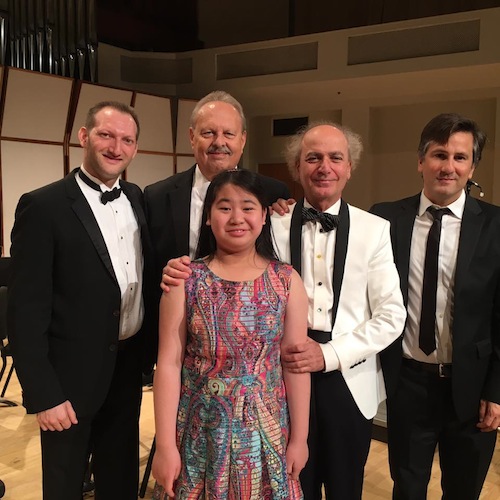
Patricia Zhuge performed Beethoven’s Piano Concerto No. 1 with Eduardo Marturet and the Miami Symphony Orchestra Saturday night at the Arsht Center.
A difficult piano concerto played by a 10-year-old figured to be the outlier in the Miami Symphony Orchestra’s all-Beethoven program Saturday night at the Arsht Center. Yet rather than something to be tolerated instead of savored, it turned out to be the evening’s highlight.
Patricia Zhuge won the first MISO-Steinway International Young Pianist Competition for eight-to-12-year-olds just last Sunday. She turned in a confident, nuanced and innately musical performance of Beethoven’s Piano Concerto No. 1. There’s always an urge to call a 10-year-old musician delightful, but she was better than that. She was genuinely impressive.
Whether or not Zhuge, who has won competitions in China, England and the U.S., has a major career, of course, remains to be seen. Mercifully, she certainly doesn’t have the showmanship characteristic that has marked many famous child prodigies. But she also doesn’t rely on youthful enthusiasm as a substitute for style, technique and tone. Close your eyes and you might have thought you were listening to a mature, experienced pianist.
In the opening Allegro, Zhuge exhibited a direct approach to the music, clear and almost crystalline tone in the early moments and assured finesse in the faster passages. The conversation between pianist and solo clarinet that distinguishes the middle movement was especially moving as Zhuge’s tender, patient playing balanced beautifully with the clarinet’s melancholy melody. The demanding finale tests a pianist’s speed and discipline, but Zhuge’s focus never wavered, her tone rising to the level of sparkling in a performance that showed no evidence of fatigue.
With the exception of brief bouts of imprecise playing by the winds and horns in the first and third movements, the MISO players provided solid accompaniment under conductor Eduardo Marturet, particularly the lower strings in the opening melody.
In remarks to the audience, Marturet drew a parallel between the turmoil in his native Venezuela and the political oppression faced by the characters in Beethoven’s Leonore Overture No. 3. The overture is at turns dark and solemn, rich and heroic, and the MISO players captured the varied emotions of one of Beethoven’s most-dramatic works. Rich, clear strings, bold, ominous brass–particularly the off-stage trumpet’s spacious heralding from the back of the first tier–and a fine contribution by principal flutist Carol Naveira-Nicholson highlighted the orchestra’s most cohesive performance of the night.
Beethoven’s Seventh Symphony, which closed the evening, proved more of a mixed bag, with exposed passages revealing intonation problems from the winds and brass and some overall muddiness. The repetitious themes can make for tedious stretches if the playing isn’t precise, as was the case in the early going here.
But strong ensemble playing in the mostly fast-paced Scherzo and finale captured the grandeur, sweep and urgency of one of Beethoven’s most-popular works and brought the program to an exciting conclusion.
Posted in Performances
Leave a Comment
Sun May 7, 2017
at 12:23 pm
No Comments
